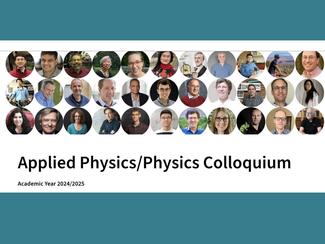
Attractors in Black Holes and Cosmology
Hewlett 201
Abstract: The concept of attractors, well-known in classical mechanics, proved very productive in the theory of black holes and inflationary cosmology. I will start with attractors in supersymmetric black holes and discuss how the discovery of Kaluza-Klein black hole attractors helped recently to explain the mysterious cancellation of ultraviolet divergences in 82 Feynman diagrams in 4-loop superamplitude in N=5 supergravity.
I will also describe inflationary alpha-attractors. This large class of inflationary models gives predictions that are stable with respect to even very significant modifications of inflationary potentials. These predictions match all presently available CMB-related cosmological data. Some of these models have a Kaluza-Klein origin and provide targets for the future satellite mission LiteBIRD, which will attempt to detect primordial gravitational waves. I will show that potentials in some of the recent advanced versions of cosmological attractors have a beautiful fractal landscape structure.
Bio: Professor Kallosh works on the general structure of supergravity and string theory and their applications to cosmology. Her main interests are related to the models early universe inflation and dark energy in string theory. She develops string theory models explaining the origin of the universe and its current acceleration. With her collaborators, she has recently constructed de Sitter supergravity, which is most suitable for studies of inflation and dark energy and spontaneously broken supersymmetry.
She is analyzing possible consequences of the expected new data from current and future cosmological observations, including LiteBIRD satellite CMB data. These results may affect the relationship between superstring theory and supergravity, and the real world. Professor Kallosh works, in particular, on future tests of string theory by CMB data and effective supergravity models with flexible amplitude of gravitational waves produced during inflation.